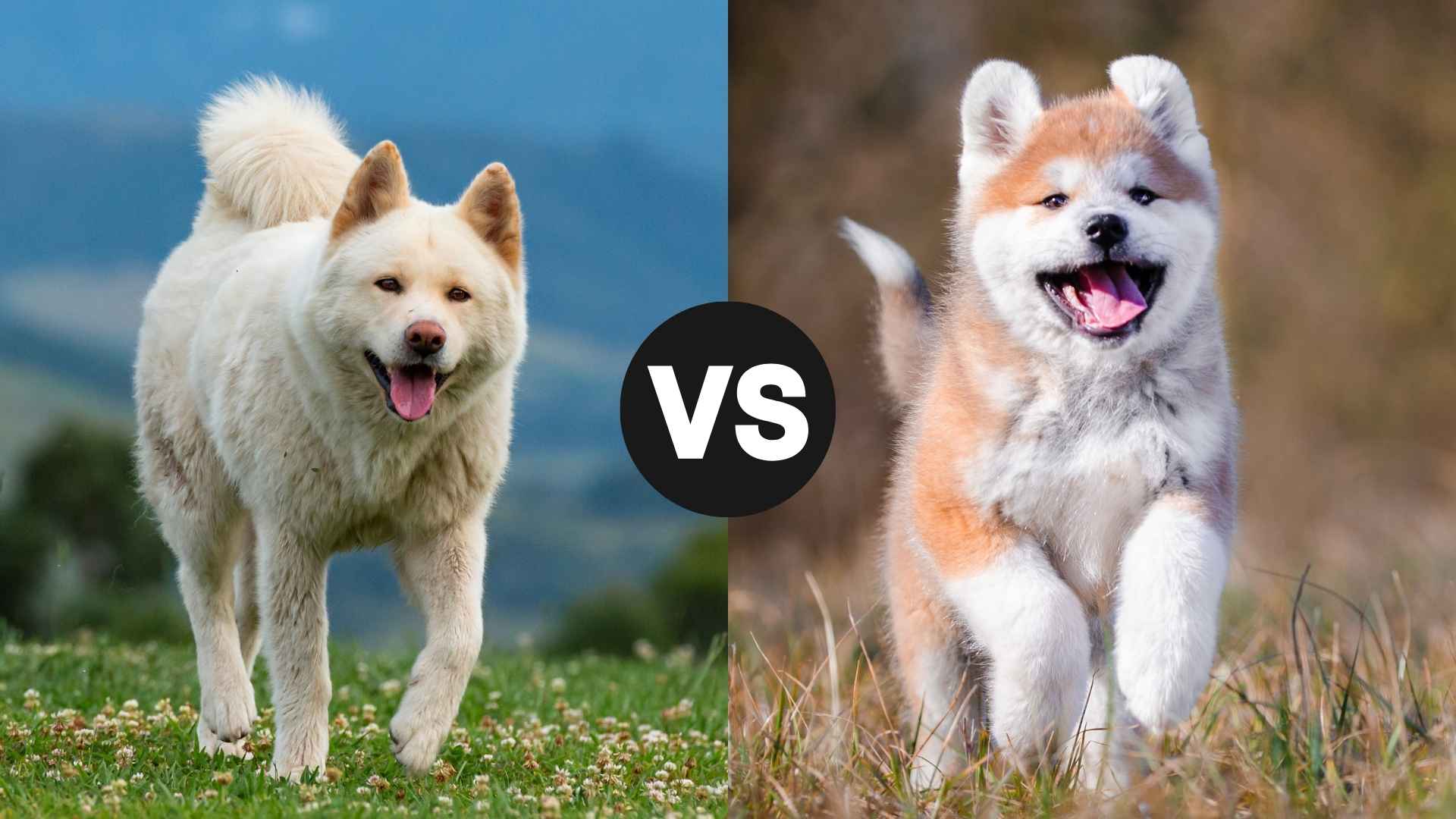At first glance, you might think Akita and Akita Inu are just two names for the same dog. But look a little closer, and you’ll discover a fascinating tale of two noble breeds—one deeply rooted in Japanese tradition, the other shaped by American influence.
Both are powerful, dignified, and fiercely loyal, yet they carry unique differences that every dog lover should know. If you’re thinking of welcoming an Akita into your life, understanding the difference between the Akita Inu and the American Akita is essential.
Each comes with its own personality, appearance, and needs. In this article, we’re breaking down the key differences and similarities so you can decide which majestic breed suits your lifestyle best.
Whether you’re drawn to the ancient elegance of the Akita Inu or the imposing presence of the American Akita, this comparison will guide you through the heart of both.
Akita vs. Akita Inu
Akita vs. Akita Inu: Physical Appearance
When it comes to the Akita vs. Akita Inu debate, don’t be fooled by their seemingly fancy names – these two aren’t in a battle for the title of “World’s Best Dog” (though honestly, they both deserve that crown). But let’s dive into their physical appearance to see if there’s any real difference worth noting.
Spoiler: You might need to squint hard.
Akita
The American Akita is a powerhouse of a dog, with a large and muscular frame that commands attention. Females typically stand between 24–26 inches tall, while males reach 26–28 inches, weighing in at a solid 100 to 130 pounds.
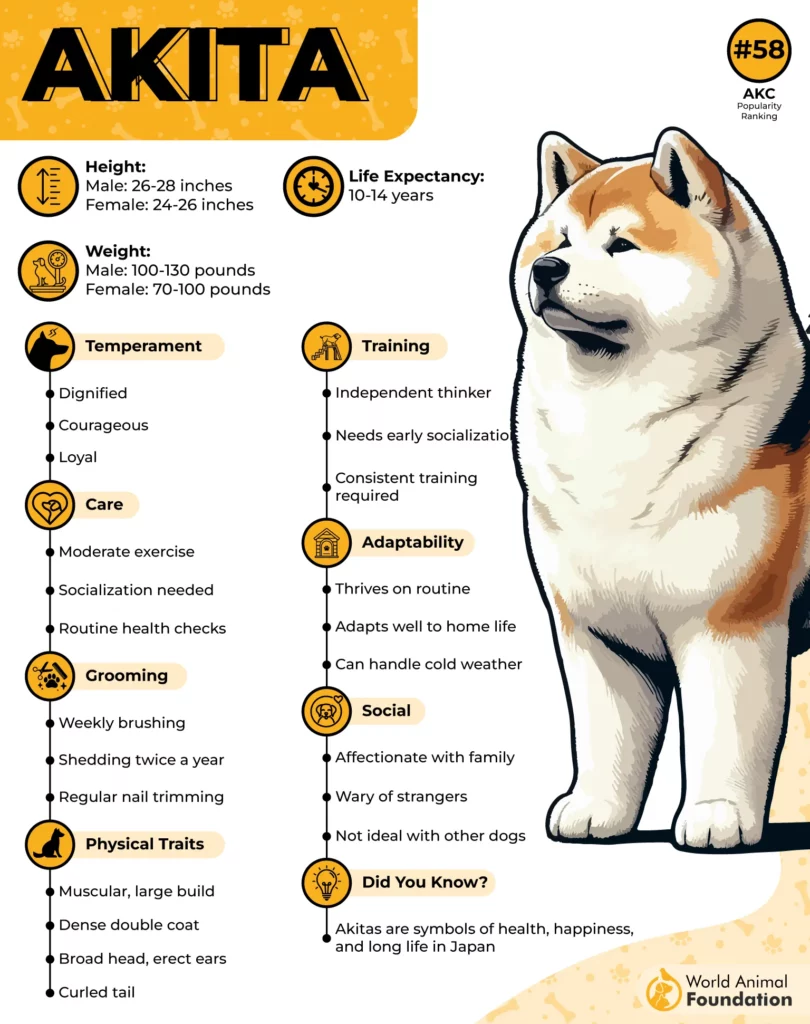
Built for both strength and agility, these dogs were originally bred for hunting and guarding. Their thick double coat—harsh on the outside and soft underneath—comes in colors like red, brindle, and white. With heavy seasonal shedding, regular grooming is a must. Add in their thick, curled tail and fox-like expression, and you’ve got a dog that’s both majestic and intimidating.
When it comes to personality and vibe, the Akita is nothing short of regal. Their appearance is fluffy yet imposing, radiating a powerful presence that’s hard to ignore. They’re independent by nature, but once bonded, they’re fiercely loyal to their families.
The Akita is a natural protector—calm, confident, and always watching. That dignified look isn’t just for show; they take their role as a guardian seriously, making them excellent watchdogs with a heart full of love for their people.
Akita Inu
The Akita Inu, also known as the Japanese Akita, closely mirrors the American Akita in size, with female Akita Inu standing at 24–26 inches and male Japanese Akita reaching up to 28 inches tall, weighing around 70 to 130 pounds.

However, the Akita Inu tends to have a more refined and elegant build, showcasing a sense of grace alongside its powerful structure. According to Britannica, all Japanese Akita, except for those that are white, have a distinct mask, which is a dark area around their muzzle.
Akita Inu also needs regular grooming, especially during shedding seasons. Its curled tail forms a perfect loop over the back, and its serene, almost contemplative facial expression adds to its noble appearance.
In terms of personality and aura, the Akita Inu carries an ancient, wise vibe. Unlike the more imposing presence of the American Akita, the Japanese Akita Inu is more reserved, exuding calm dignity. They’re just as loyal and protective, but they do it with quiet composure and introspective grace. They don’t bark much or seek attention, but their steady presence makes them deeply admired. If the American Akita is a bold guardian, the Akita Inu is the quiet sage—loyal, noble, and timeless.
Akita vs. Akita Inu: Breed History and Ancestry
The Akita and Akita Inu might look nearly identical, but their histories come with a bit of a twist—one’s got a story steeped in Japanese tradition, and the other’s a little more Westernized. Let’s break it down!
Akita Inu
The Akita Inu is deeply rooted in Japan’s history, originating in the Akita Prefecture in northern Japan. This breed was originally used for hunting large game like bears, boars, and deer.

With their impressive strength, courage, and loyalty, these dogs were revered by samurai and nobility. The Akita Inu’s history goes back centuries, and they were often seen as a symbol of good health, happiness, and protection. It’s so important to Japanese culture that the breed is often considered a national treasure.
Akita
The Akita that we know in the West is essentially the same breed, but with a bit of a makeover. According to the American Kennel Club (AKC), famous author and political activist Helen Keller is credited with bringing the first Akita into the United States in 1937. She was inspired by the legendary “Hachiko.”

As per PetMD, families are often given a statue of an Akita dog after the birth of a new baby or when a family member is unwell.
Over time, it evolved slightly to fit Western preferences for larger, more robust dogs. While still maintaining their noble roots, the Western Akita is often considered a bit more independent and protective, but just as loyal.
Akita vs. Akita Inu: Temperament
The Akita and Akita Inu are like two sides of the same loyal, powerful coin. Both are intelligent, independent, and protective, but there are a few subtle differences that come from their cultural roots. Here’s how they stand out:
Akita Inu
Think of the Akita Inu as the silent protector. They won’t bark unnecessarily, but when they bond with you, it’s for life. This breed radiates loyalty, grace, and quiet dignity. Whether they’re keeping an eye out for intruders or just lounging peacefully beside you, they always maintain their composed nature.
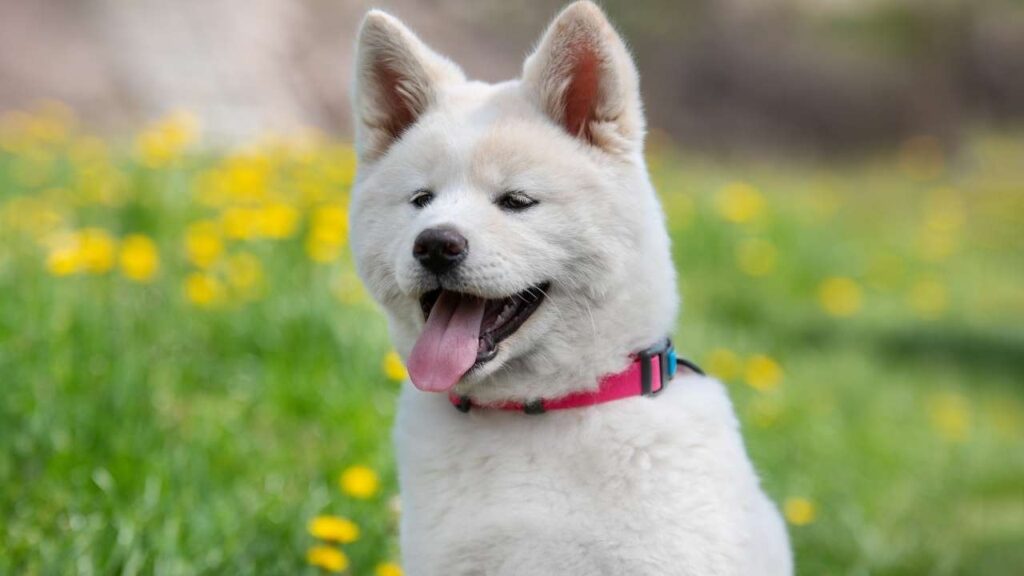
They’re not clingy or overly demanding, which makes them ideal for senior people and families with kids who appreciate a calm and independent companion. Unlike overly eager pups, the Akita Inu won’t follow you from room to room—they’ve got their own way of doing things and aren’t afraid to use their judgment.
Strangers shouldn’t expect instant affection either. If you’re not part of their inner circle, get ready for a long, evaluating stare. They’re cautious by nature and take their time deciding who’s worthy of their trust.
Akita
The American Akita is a little more sociable than its Inu cousin. They’re more likely to warmly greet family members—and occasionally strangers—if they don’t sense anything off.
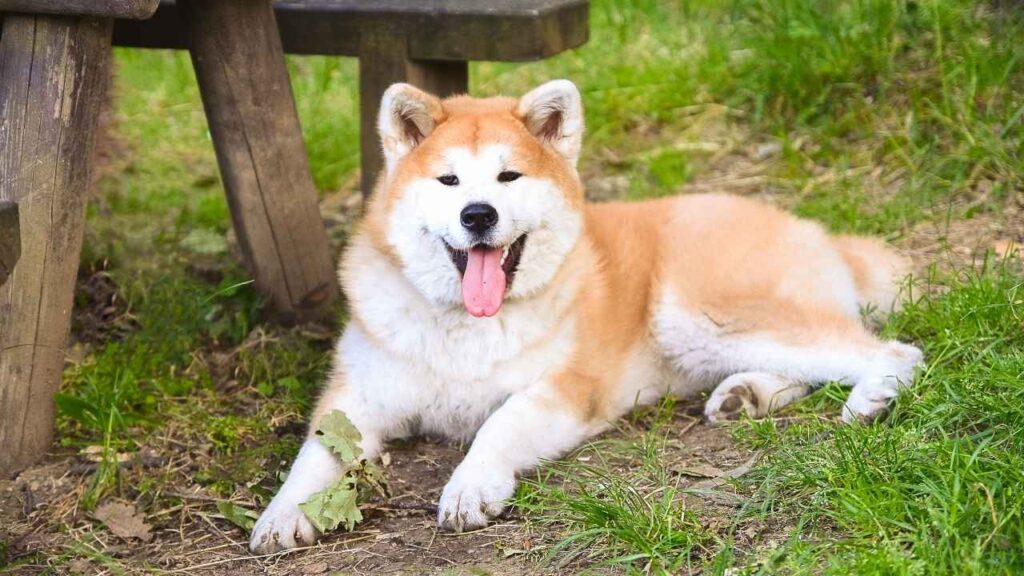
Highly intelligent, they’re known for making decisions independently, often choosing to act (or not) based on their own judgment. That mix of brains and confidence makes them capable protectors and intuitive companions.
Their loyalty runs deep. Akitas are revered in their homeland as protectors of the family and symbols of good health, happiness, and long life. Beneath their powerful exterior lies a surprisingly affectionate soul.
They’re known to be big softies around those they love, always happy to curl up and enjoy a quiet cuddle after a long day of keeping watch.
Akita vs. Akita Inu: Health
Both the Akita and Akita Inu are generally strong, robust breeds, but like all dogs, they have their share of potential health issues to keep an eye on. Let’s dive into how they stack up!
Akita Inu
Akita Inus are typically healthy, but they can be prone to genetic conditions like:
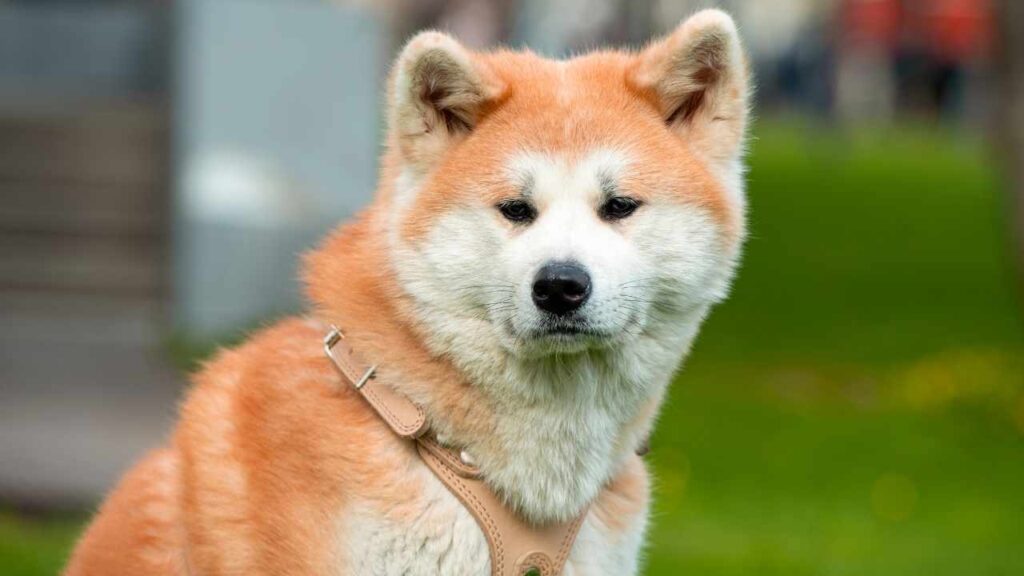
Hip Dysplasia: Like many large breeds, hip issues can pop up.
Hypothyroidism: A thyroid condition that can lead to weight gain, lethargy, and skin issues.
Autoimmune Disorders: Some Akita Inus are more prone to autoimmune conditions, so keeping an eye on their overall well-being is crucial.
Care Tips: Regular vet checkups, a balanced diet, and moderate exercise are key to keeping your Akita Inu—great guard dogs—in tip-top shape.
Akita:
The Akita is generally healthy, but with their large size, they can be prone to certain health concerns, like the Akita Inu:
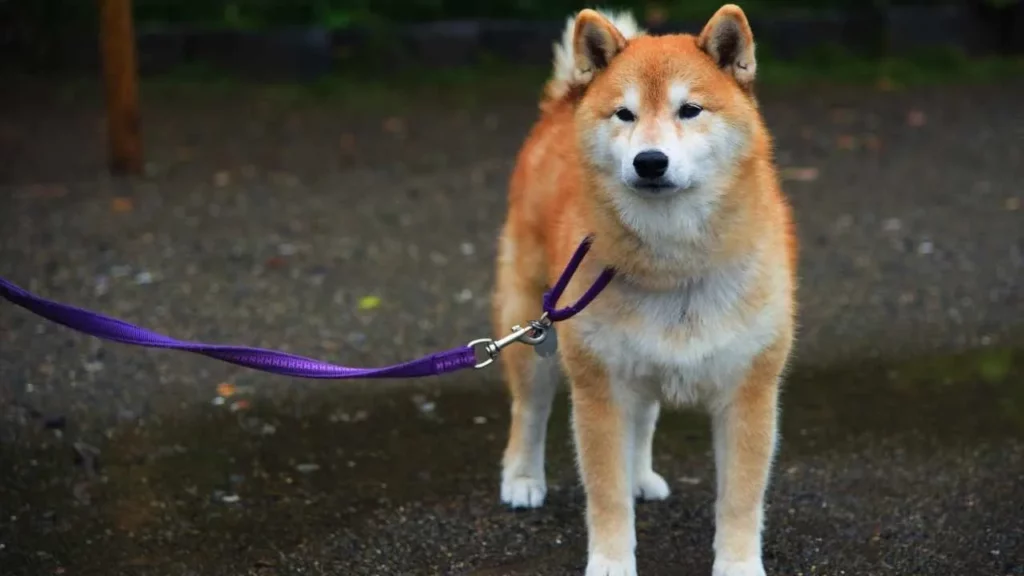
Hip Dysplasia: Again, a common issue due to their size.
Hypothyroidism: Just like the Akita Inu, some Western Akitas can experience thyroid problems.
Bloat (Gastric Dilatation-Volvulus): A serious condition that affects large dogs and can be life-threatening. It’s important to monitor their eating habits and avoid intense exercise right after meals.
Heart Issues: Some Akitas can develop heart problems, so be sure to keep an eye on their cardiovascular health.
Care Tips: Maintaining a healthy diet, managing exercise (especially post-meal), and routine vet visits will keep your Akita in fighting form.
Whether you have an Akita Inu or an Akita, regular vet visits and proper care can help ensure your dog enjoys a long, happy life as a wonderful companion. Just remember, a healthy Akita or Akita Inu is a happy, loyal companion ready to protect you with all their fluffy might!
Akita vs. Akita Inu: Life Expectancy
When it comes to life expectancy, both the Akita and Akita Inu are relatively long-lived for such large dogs, though there are a few subtle differences in their expected lifespan.
Akita Inu
Average Life Expectancy: 10 to 12 years.
The Akita Inu tends to live a shorter life compared to its Western cousin, possibly due to its genetic background and traditional breeding practices. However, with proper care, a healthy diet, and regular vet visits, these majestic dogs can stick around for a good chunk of time, making them a great choice for a first-time dog owner.

Akita
Average Life Expectancy: 10 to 14 years.
The Western Akita has a slightly longer lifespan, living on average up to 14 years. With their strong build and active lifestyle, Akitas in the West often get the best care, which can contribute to a longer life.
Conclusion
When comparing the American and Japanese Akitas, it’s clear that while they may have originated from the same breed, their paths have diverged, creating two distinct breeds with unique traits and histories. Rooted deeply in the Akita region of Japan, the Akita Inu was revered for its dignity and devotion—a tradition proudly upheld by the Japanese Akita Club and Japanese breeders alike.
Meanwhile, the American Akita breed, which evolved post-World War II, has developed a more robust and powerful build, making it not just a faithful guard dog but also a steadfast hunting dog and protector. Despite their differences, similarities in temperament persist: both are courageous, dignified, and incredibly loyal dogs. They are independent thinkers who require consistent training, daily exercise, and proper socialization to thrive among other dogs and people.
In the world of various breeds, choosing between the American Akita vs Japanese Akita is less about superiority and more about lifestyle fit. Whichever you choose, you’re welcoming a noble spirit into your life—one that commands respect, offers unshakable loyalty, and carries a proud legacy unlike any other.


